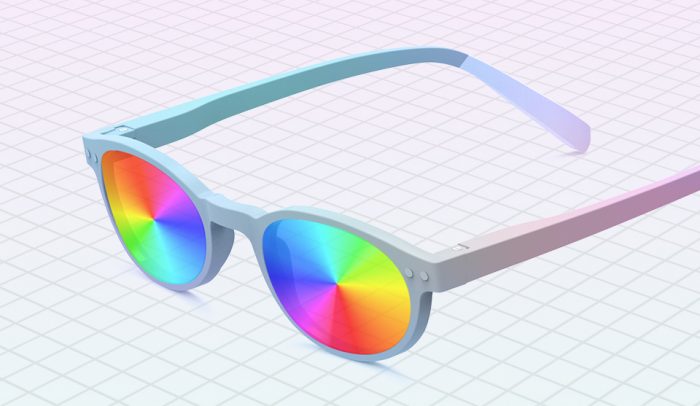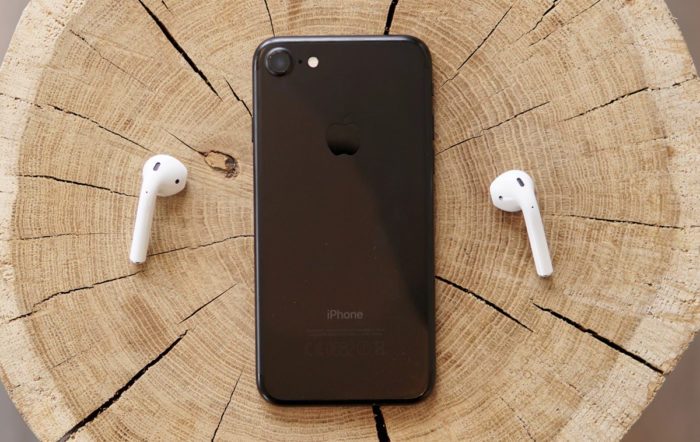“OK Boomer” memes. Anti-Boomer election campaigns. Ads in the subway. Trailers for Hollywood blockbusters. Facebook. Tinder. There’s seemingly no escape from ageist stereotypes in our culture, especially not in the workplace. According to AARP, three out of five workers have either seen or experienced some form of work-related age discrimination and new research is showing that that age-based discrimination can start as early as 42.
Let’s face it—design isn’t known for its age-diverse office culture. Part of the reason why is because it’s a creative field and a fairly youth-obsessed field. The latest is often seen as the greatest. Not only is that overly simplistic, it’s flat-out wrong. Design is design, and an individual can have the vision and the training to do good design at any age.
Furthermore, there are a number of persistent stereotypes about older creatives that we can’t seem to shake. Here, we’ll look at some of the most destructive ageist stereotypes impacting design, and show you why they’re baseless.
When you’re old, you’re out of the loop
There’s an assumption that the olds don’t have their finger on the pulse. They’re bad dressers, they’re gullible, they’re not on TikTok—and if they are, then maybe they shouldn’t be. Therefore, whatever they’re designing is bound to be culturally irrelevant.
Milton Glaser, still hard at work in his nineties, explained to Design Week that one reason why this particular stereotype is so entrenched is “because graphic design is frequently related to changing fashions… Many older practitioners are shunted aside for a generation that is cooler and cheaper. Alas, this is a consequence of modern capitalism and won’t change unless the world does.”
There might be some evidence that the culture at large is challenging this stale notion that older individuals aren’t up on the trends. Getty Images’ recently ran an initiative to populate its database of stock images with more inspirational visions of older adults living social, fun lives. There’s some evidence that the conversation around design is changing, too—hiring teams in the field are embracing diversity and experience.
Can’t teach an old dog new tricks
It’s a myth propagated by the youth-obsessed Silicon Valley, where 20-something entrepreneurs seem like the norm. “Digital natives” have an insurmountable edge, they say. If you’re not so closely intertwined with these new technologies, why bother learning them? A designer born before the creation of the cell phone will never be as fast or as proficient as someone who was born playing Candy Crush.
This stereotype—that seasoned designers aren’t tech-savvy enough to do their job—falls apart when you start to look at the facts. Recent has shown that older adults will learn a new technological skill when there is a need for it—and that they have a strong desire to keep learning new skills as they get older, understanding it to be an important factor in their overall quality of life.
In other words, it’s not really a question of technology. It’s a question of exposure and necessity. Anyone can learn InDesign at any age—someone just has to teach them how to do it.
Creativity genius peaks early
Conventional wisdom would have us believe that creativity is for the young. A cursory glance at the annals of history would corroborate this: Albert Einstein was 26 when he had his so-called “miracle year.” Steve Jobs was 21 when he built his first Apple computer. Orson Welles was 25 when he directed Citizen Kane.
But what about those creative geniuses who peak later in life—like Alfred Hitchcock, who directed some of his greatest films in his early sixties? Are these anomalies?
New research suggests that your creative peak isn’t dictated by your age at all, but rather by the kind of creative process in which you engage. David Galenson, an economist at the University of Chicago, published a study in which he distinguished between two different types of creativity. He associates the first, “conceptual” creativity, with the kind of bold, innovative thinking of the young genius. The second, “experimental” creativity, is a kind of iterative, exploratory creativity that develops over the course of a career. Experimental creativity, Galenson argues, can peak at any age. That’s because it’s predicated upon diligence—putting in the time to hone your craft.
As Steve Jobs used to say, creativity is associative—it’s about making unexpected connections. Those with lesser experience might not make the connections that a seasoned designer can.
Boomers are clogging up the pipeline
20 percent of Americans over 65 are either working or looking for work, a higher percentage of older workers than even before. It’s no surprise that there’s a widely held belief that older workers are holding on to jobs for longer… because that is actually happening. But the idea that these workers are blocking the rise of early career or mid-career employees is unfounded.
For starters, it’s predicated on the idea that more seasoned employees tend to have high-level jobs. But that’s not necessarily true. Let’s look at the small sample provided to us by AIGA’s 2019 Design Census. Of the 111 survey-takers (1.2%) age 65 or older, less than a quarter of them (25) had full-time work as designers. The majority of them (53) were either self-employed or freelance—and 77% of those respondents complained that they were not being paid what they were worth, or that they were having trouble finding new clients. Less than half (49%) of the 65-plus respondents reported making more than $75,000 a year.
It’s a small pool, but what it shows us is that by the time designers reach age 65—in other words, retirement age—most of them are no longer in positions where they could “clog up the pipeline.” That’s because of the ageism already working against them. Research shows that workers begin to get passed over for promotions, raises, or new jobs much earlier than retirement age. And as a result, they either stay stagnant in their mid-level positions or get moved out of creative tracks and into managerial positions.
So, if you find yourself complaining about the seasoned designers who are holding on to the jobs you covet, consider congratulating them for beating the odds and start blaming the system, instead.
We’re powerless to stop these stereotypes
Ageism tends to hide in plain sight. There’s a wealth of advice out there on how to confront ageism in the design industry, but a lot of it is centered around how to make yourself ageless: how to reinvent yourself as a job candidate over 50, how to move into consultancy, how to bill yourself as an expert. It’s not so much advice on how to combat ageism, as advice on how to deal with it. While potentially helpful for some individuals, all of this advice just illustrates the extent to which age discrimination has invaded the workplace.
The key to confronting these stereotypes might be meeting them head on. That’s the bet that the World Health Organization is making. The organization is currently studying how intergenerational conversations about age might lead to a change in perceptions about age. It’s possible that the more we talk about age, the more our perceptions will change—and hopefully, workplace culture will follow.



